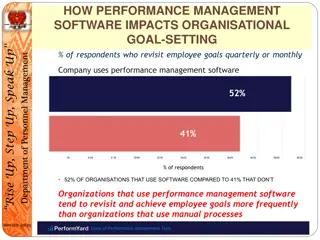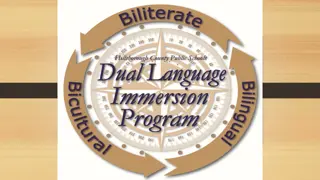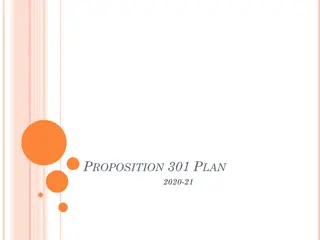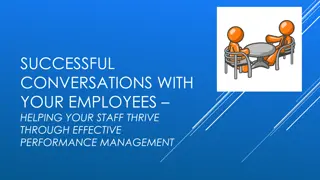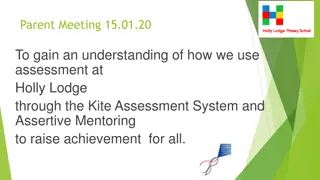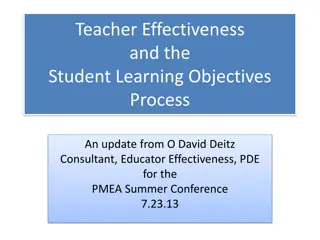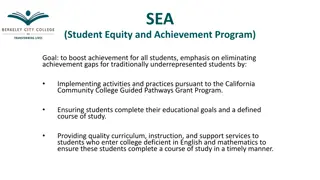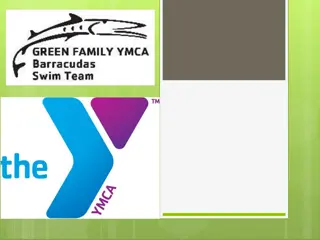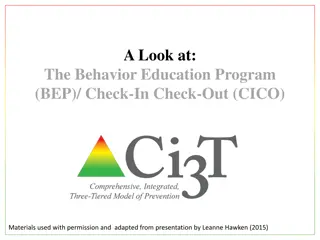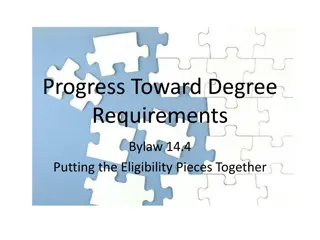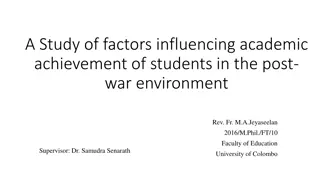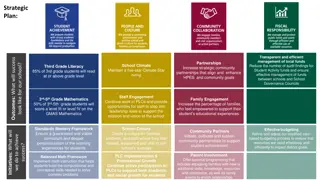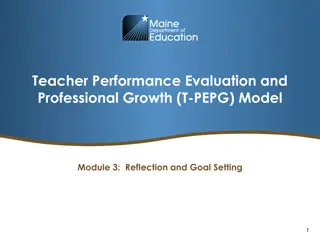Student Achievement Goal Setting: Connecting Teacher Performance to Academic Progress
Student Achievement Goal Setting is a structured process that involves creating specific learning goals, monitoring student progress, implementing teaching strategies, and assessing goal achievement. It aims to improve instructional practices, connect teaching to student outcomes, and serves as a tool for school improvement. The process involves steps like determining needs, setting SMART goals, and monitoring progress through formative assessment.
Download Presentation

Please find below an Image/Link to download the presentation.
The content on the website is provided AS IS for your information and personal use only. It may not be sold, licensed, or shared on other websites without obtaining consent from the author. Download presentation by click this link. If you encounter any issues during the download, it is possible that the publisher has removed the file from their server.
E N D
Presentation Transcript
SMART GOALS: Student Achievement Goal Setting: An Option for Connecting Teacher Performance to Academic Progress
What is student achievement goal setting? Step 5: Step 4: Monitor student progress through on- going formative assessment Step 3: Create and implement teaching and learning strategies Step 2: Determine whether the students achieved the goal Step 1: Create specific learning goals based on pre- assessment Determine needs Kansas State Department of Education www.ksde.org
What are the purposes of Student Achievement Goal Setting? Focus on student results Explicitly connect teaching and learning Improve instructional practices and teacher / education specialist performance Tool for school improvement Kansas State Department of Education www.ksde.org
Step 1: Determining Needs Step 5: Step 4: Monitor student progress through on- going formative assessment Step 3: Create and implement teaching and learning strategies Step 2: Determine whether the students achieved the goal Step 1: Create specific learning goals based on pre- assessment Determine needs Ch. 1, pg. 5 Kansas State Department of Education www.ksde.org
Step 2: Creating SMART Goals Step 5: Step 4: Monitor student progress through on- going formative assessment Step 3: Create and implement teaching and learning strategies Step 2: Determine whether the students achieved the goal Step 1: Create specific learning goals based on pre- assessment Determine needs Kansas State Department of Education www.ksde.org
What is a student achievement goal? Goal a statement of an intended outcome of your work: Student Learning Distinct from Strategies Strategies = Means Goal = End Are you going to New York or by train? Kansas State Department of Education www.ksde.org
Writing a SMART Goal Kansas State Department of Education www.ksde.org
Sample SMART Goal For the 2014-2015 school year all sixth grade students will meet typical growth identified by the MAP assessment. At least 80% of students will meet or exceed proficient on the end of the year MAP assessment. Specific: Focused on mathematics achievement. Measurable: Identified MAP assessment as being the measurement tool. Appropriate: As it relates to the work currently being done in this school regarding data analysis and instructional planning. Realistic: The goal of increasing student performance is realistic based on the data for this particular school. 80% of students meeting or exceeding proficient may be unrealistic in some schools Time-bound: Goal attainment can be addressed by the end of the year. Kansas State Department of Education www.ksde.org
How Smart is this goal? Second Grade Sample During this school year, my students will improve on word knowledge and oral reading fluency. Aspect of Goal Statement Evidence Specific Measurable Appropriate Realistic Time-Bound Kansas State Department of Education www.ksde.org
Step 3: Create and Implement Strategies Step 5: Step 4: Monitor student progress through on- going formative assessment Step 3: Create and implement teaching and learning strategies Step 2: Determine whether the students achieved the goal Step 1: Create specific learning goals based on pre- assessment Determine needs Kansas State Department of Education www.ksde.org
Step 4: Monitoring Student Progress and Making Adjustments Step 5: Step 4: Monitor student progress through on- going formative assessment Step 3: Create and implement teaching and learning strategies Step 2: Determine whether the students achieved the goal Step 1: Create specific learning goals based on pre- assessment Determine needs Kansas State Department of Education www.ksde.org
Step 5: Determining Goal Attainment Step 5: Step 4: Monitor student progress through on- going formative assessment Step 3: Create and implement teaching and learning strategies Step 2: Determine whether the students achieved the goal Step 1: Create specific learning goals based on pre- assessment Determine needs Kansas State Department of Education www.ksde.org
What does research say about goal setting for student achievement? Linked to mastery learning 1 standard deviation higher on average compared with conventional instruction (Bloom, 1984) Includes formative assessments, frequent corrective feedback Linked to enhancing pre-requisite cognitive skills .7 standard deviation higher on average compared with conventional instruction (Walberg, 1984) Includes initial skills assessment and teaching prerequisite skills that are lacking Linked to assessment for learning Formative assessment in the classroom can result in increases in student learning up to two grade levels (Assessment Reform Group, 2000) Linked to standards-based performance assessment Schools in Loveland, CO, were among highest percentage increase in student performance after implementing standards-based performance assessment (Stronge & Tucker, 2000) Linked to standards-based instruction 18-41 percentage point gains when teachers set and communicate clear goals for learning (Marzano, Pickering, & Pollock, 2001) Linked to data-based decision-making School districts that show multiple (i.e., 3 or more) years of improvement use data to make decisions and encourage teachers to use student learning data to make instructional decision (Cawelti, 2004; Langer & Colton, 2005; Togneri & Anderson, 2003) Kansas State Department of Education www.ksde.org
Common Challenges 1. Data access & analysis Robustness of data system Teacher & administrator skills 2. Sufficient & appropriate assessments 3. Writing SMART goals 4. Clarifying the acceptable amount of progress 5. Developing instructionally-based strategies See Marzano et al., Schmoker, Collins, Blankstein, Fullan, etc., etc . Kansas State Department of Education www.ksde.org
Setting student achievement goals Focuses on student results Connects teaching with learning Improved instruction in the classroom Contributes to school improvement Kansas State Department of Education www.ksde.org
A Special Thank You to the Virginia State Department of Education. Kansas State Department of Education www.ksde.org



